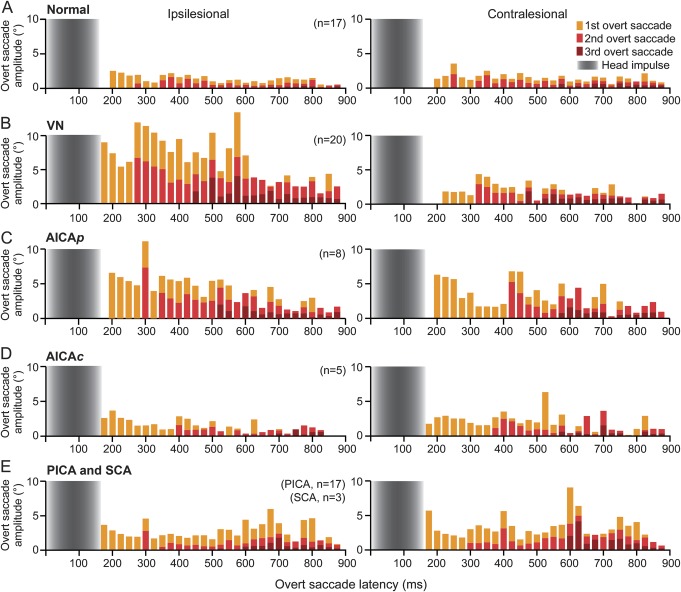Figure 4. Compensatory overt saccade characteristics in pontine-cerebellar stroke and VN.
Bars represent stacked mean saccade amplitude in 25-millisecond bin. (A) Normal subjects generated small (1°–2°) symmetric saccades, not clinically detectable. (B) In vestibular neuritis (VN), large, dominant saccades after ipsilesional trials with latency >200 milliseconds can easily be detected, whereas after contralesional trials, saccades were small and undetectable. The first saccades (yellow bars) were largest, followed by smaller second (light red bars) and third (dark red bars) saccades. (C) In anterior inferior cerebellar artery–peripheral (AICAp) stroke, some saccades were sufficiently large bilaterally to be detected. Saccades after ipsilesional trials were smaller than in VN, but were larger after contralesional trials. (D) In anterior inferior cerebellar artery–central (AICAc) and (E) posterior inferior cerebellar artery/superior cerebellar artery (PICA/SCA) strokes, saccades were bilaterally larger than normal, smaller than in VN and in AICAp stroke after ipsilesional trials, but larger than in VN after contralesional trials. Gray gradients: mean head impulse duration (170–185 milliseconds).

